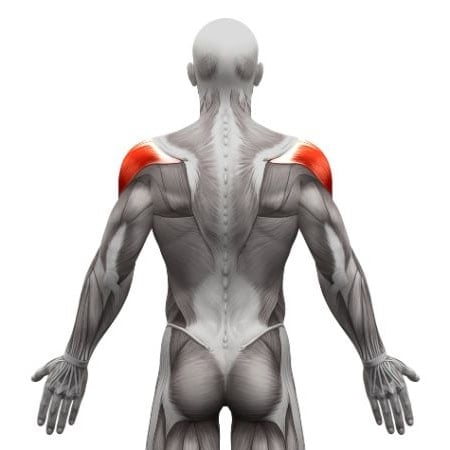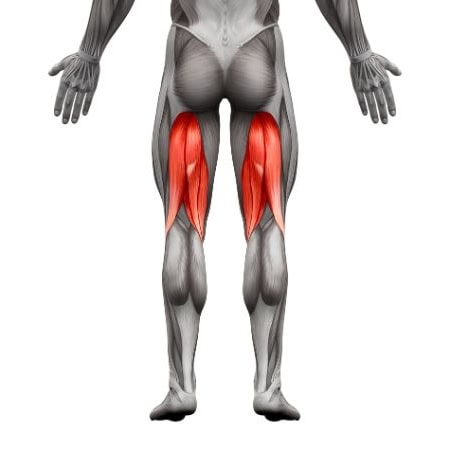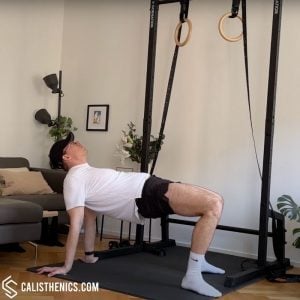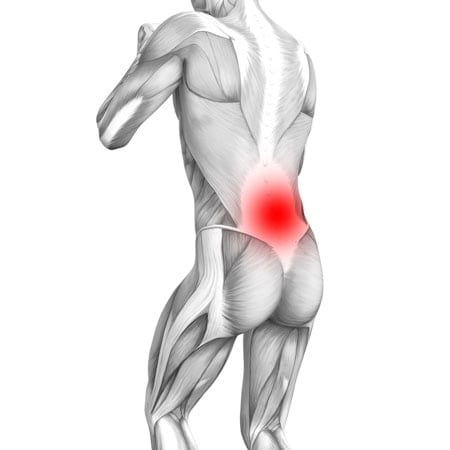Tabletop Hold
How to do Tabletop Hold?
The tabletop hold is a bodyweight isometric exercise that strengthens the posterior chain, core, and shoulders while improving hip mobility and posture. It involves holding a reverse tabletop position with the hips elevated and arms extended, engaging the glutes, hamstrings, and shoulders for stability. This movement is commonly used in calisthenics, yoga, and functional training as a warm-up, strength, or mobility drill.
Prerequisites & Equipment
• Strength & Mobility Requirements: Requires basic shoulder and hip mobility, as well as some core and glute strength. If you struggle with tight shoulders or weak glutes, you may need to modify the movement.
• Required Equipment: None – it is a purely bodyweight exercise.
• Optional Equipment: Yoga mat for comfort, resistance bands for activation drills, or yoga blocks to elevate the hands if wrist mobility is a limitation.
How to Perform the Tabletop Hold
1. Starting Position:
• Sit on the floor with your knees bent and feet flat, hip-width apart.
• Place your hands on the ground behind you, shoulder-width apart, fingers pointing forward or slightly outward.
2. Execution:
• Press through your palms and heels, lifting your hips toward the ceiling.
• Engage your glutes and core to maintain a straight line from your shoulders to your knees (hips fully extended).
• Keep your chest open and shoulders pulled back, avoiding excessive shrugging.
• Hold the position for the desired duration while breathing deeply.
3. Repetitions & Breathing:
• Hold for 20-45 seconds per set and repeat for 2-4 sets.
• Breathe steadily, keeping the core engaged and avoiding breath-holding.
Benefits of the Tabletop Hold
• Strengthens Posterior Chain: Targets glutes, hamstrings, and lower back for improved hip drive and spinal stability.
• Improves Shoulder Stability: Engages the shoulder stabilizers, enhancing strength and endurance in pressing movements.
• Enhances Hip Mobility: Stretches the hip flexors and strengthens the hip extensors, counteracting prolonged sitting.
• Promotes Better Posture: Opens the chest and shoulders, reducing the effects of forward-rounded posture.
• Develops Core Stability: Engages deep core muscles, aiding in better control during dynamic movements.
Common Mistakes to Avoid
• Dropping the Hips: Keep the hips lifted in a straight line with the knees and shoulders.
• Shrugging the Shoulders: Actively press through the palms and keep the shoulders down.
• Overarching the Lower Back: Engage the core to maintain a neutral spine.
• Wrist Discomfort: Adjust hand placement or wrist angle if needed; turn fingers slightly outward to reduce strain.
Tips for the proper execution of Tabletop Hold
Squeeze your glutes at the top to fully activate your posterior chain.
Look slightly upward to maintain neck alignment but avoid excessive tilting.
Engage your core to prevent lower back sagging.
If your wrists feel strained, try placing hands on yoga blocks or using fists instead of flat palms.
Perform dynamic reps by lowering and lifting the hips for added activation before holding the position statically.
Muscles worked when doing Tabletop Hold
Primary: Glutes, hamstrings, lower back, and core (rectus abdominis, transverse abdominis)
•Secondary: Shoulders (deltoids, rotator cuff), upper back, hip flexors (passively stretched)
Primary Muscle(s):
Secondary Muscle(s):

Rear delt

Hamstring
Equipment needed for Tabletop Hold
No equipment needed for this exercise.
Adjust the difficulty of Tabletop Hold
How to make Tabletop Hold harder?
How to make Tabletop Hold easier?
How to make Tabletop Hold harder?
To make Tabletop Hold harder:
-
Extend one leg while keeping the hips elevated (single-leg tabletop hold).
-
Place your feet on an unstable surface (like a balance pad) for extra core engagement.
-
Increase the hold time to 60+ seconds per set.
-
Perform slow hip dips, lowering and lifting the hips with control for added strength work.
-
Add a resistance band around the thighs to engage the glutes more.
How to make Tabletop Hold easier?
To make Tabletop Hold easier:
-
Keep your hands elevated on a surface (bench or yoga blocks) to reduce wrist strain.
-
Start with a shorter hold (10-15 seconds) and gradually increase duration.
-
Use a wider hand placement to reduce shoulder strain.
-
Perform a partial hold by keeping your hips slightly lower instead of fully extended.



